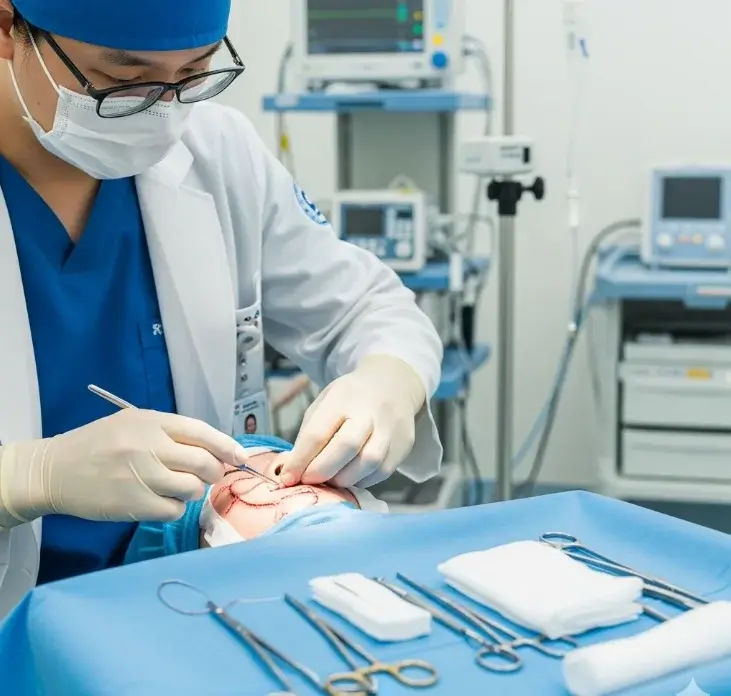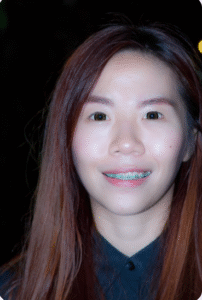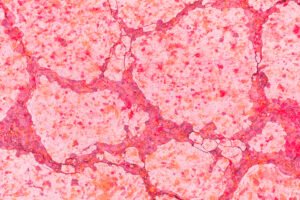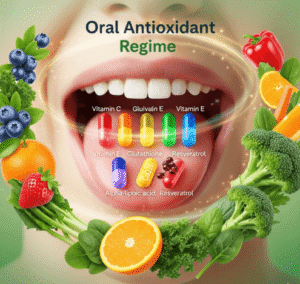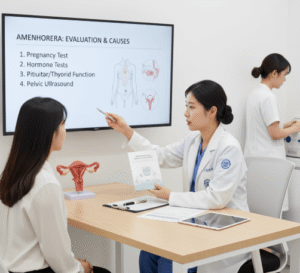What It Is
Complex facial laceration repair is a reconstructive procedure to treat deep, irregular, or multiple facial cuts caused by trauma, accidents, or surgery. Unlike simple stitches, complex repairs often involve multiple tissue layers—skin, fat, muscle, and sometimes nerves or ducts—to restore both function and appearance.
The goal is to achieve the best possible cosmetic outcome while preserving essential functions like speech, chewing, vision, and facial expression. In Korea, these procedures are performed by plastic and reconstructive surgeons using microsurgical techniques, layered suturing, and scar-minimizing approaches for optimal results.
Why It’s Done
Patients undergo complex facial laceration repair because:
- The wound is deep, jagged, or involves critical structures (eyelids, lips, nose, or ears).
- Simple closure may result in visible scarring or functional impairment.
- They want to restore facial symmetry and natural appearance.
- Untreated complex lacerations can lead to deformity, nerve damage, or infection.
Good candidates include:
- Patients with fresh traumatic injuries.
- Individuals with prior poor repairs seeking scar revision.
- Both adults and children requiring functional and cosmetic reconstruction.
Alternatives
- Basic suturing for very small, clean cuts.
- Dermal adhesives (glue) for minor, low-tension lacerations.
- Scar revision surgery later for old or poorly healed wounds.
Preparation
Before undergoing complex facial laceration repair in Korea, patients will:
- Receive wound cleaning and debridement to remove contaminated tissue.
- Undergo clinical evaluation to check for nerve, duct, or muscle injury.
- Have imaging (CT or ultrasound) if deeper fractures or damage are suspected.
- Be given tetanus prophylaxis if needed.
- Stop smoking and alcohol to promote healing.
How It’s Done
- Anesthesia: Local anesthesia with sedation or general anesthesia for extensive injuries.
- Layered closure: Surgeons repair each tissue layer separately: muscle, fascia, fat, and skin.
- Microsurgery: Used if nerves, ducts, or blood vessels are injured.
- Scar minimization: Incisions are aligned with natural skin creases whenever possible.
- Dressings: Sterile dressings or silicone sheets may be applied for scar control.
- Duration: 1–3 hours depending on complexity.
Recovery
- First week: Swelling, bruising, and mild discomfort are common. Stitches remain for 5–7 days in most facial areas.
- Return to activities: Light activities within a few days; strenuous activity avoided for 2–3 weeks.
- Scar maturation: Scars fade gradually over 6–12 months, with scar therapies often recommended.
- Final results: Natural appearance with minimized scarring is usually achieved within months.
Possible Complications
- Hypertrophic or keloid scarring.
- Asymmetry or contour irregularities.
- Nerve injury causing numbness or weakness.
- Infection or wound dehiscence (re-opening).
Treatment Options in Korea
Diagnosis
Korean surgeons use clinical exams, CT scans, and sometimes 3D imaging to evaluate facial injuries and plan precise repairs.
Medical Treatments
- Cleaning, antibiotics, and wound dressings for minor cuts.
- Anti-inflammatory and pain medications.
Surgical or Advanced Therapies
- Layered closure with fine suturing for optimal healing.
- Microsurgical repair of nerves, vessels, or ducts.
- Local flap or grafts for tissue loss.
- Laser scar treatments for cosmetic refinement after healing.
Rehabilitation and Support
- Regular follow-ups for scar evaluation and adjustment.
- Scar management with silicone gels, massage, or fractional laser.
- Speech therapy or physiotherapy if functional structures (like lips or eyelids) were involved.
- International patients benefit from Korea’s plastic surgery expertise, advanced scar therapies, and multilingual aftercare teams.

